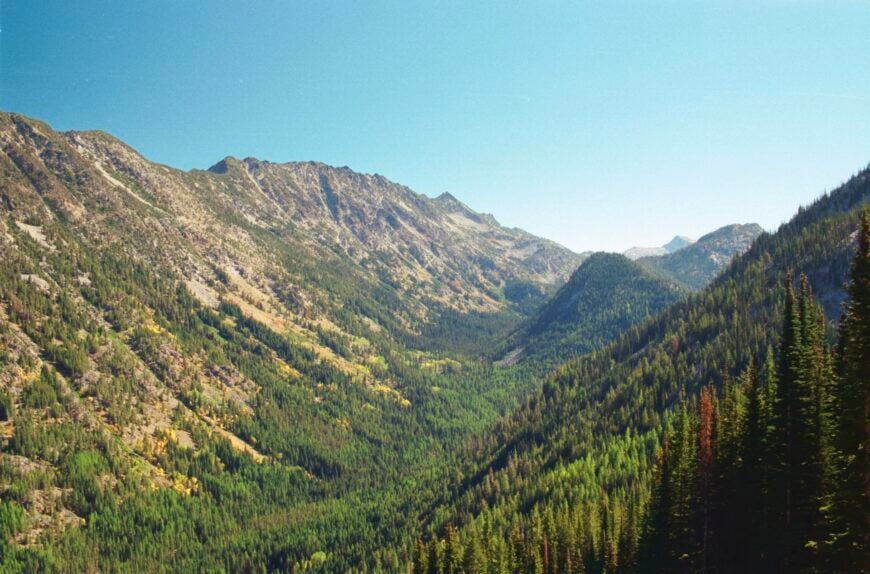
I’ve always found that the most memorable adventures often lie off the beaten path. Nestled within Oregon’s Wallowa Mountains are ten secluded towns that capture the essence of tranquility and untouched beauty.
These hidden havens offer a glimpse into a simpler way of life, surrounded by rugged landscapes and steeped in history. From soothing hot springs to ghost towns echoing with stories of the past, each location invites you to disconnect from the everyday hustle and reconnect with nature.
10. Medical Springs: Soothing Solitude in Nature’s Embrace
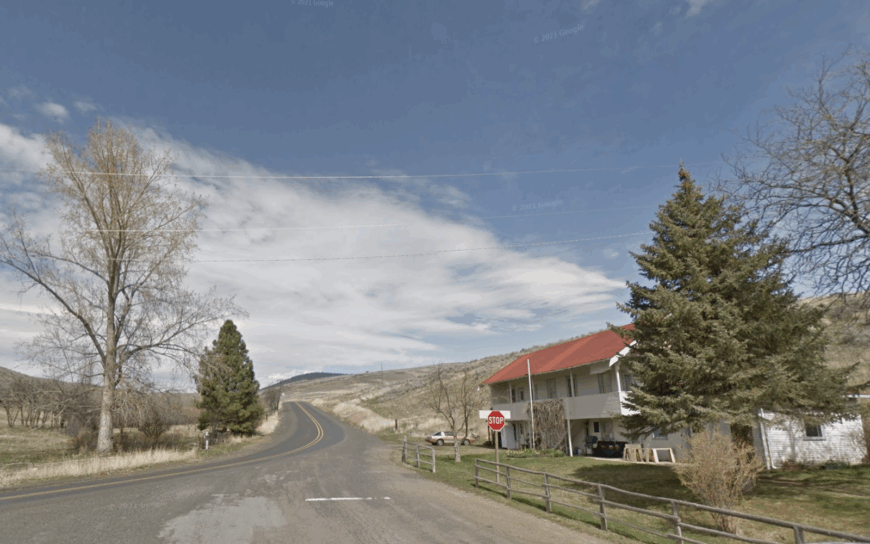
Medical Springs is a tiny community with a population of just a handful of residents, offering a peaceful retreat that’s hard to find elsewhere. I love visiting for its therapeutic hot springs, where you can soak away stress while gazing at the surrounding mountains.
The area’s primary draw is its natural beauty and the old lodge that once catered to health seekers from far and wide. While there’s not much in the way of industry today, the history of the springs as a wellness destination adds a unique charm.
What makes Medical Springs truly secluded is its serene environment, nestled away from busy roads and modern developments, allowing visitors to fully immerse themselves in nature’s tranquility.
Where is Medical Springs?
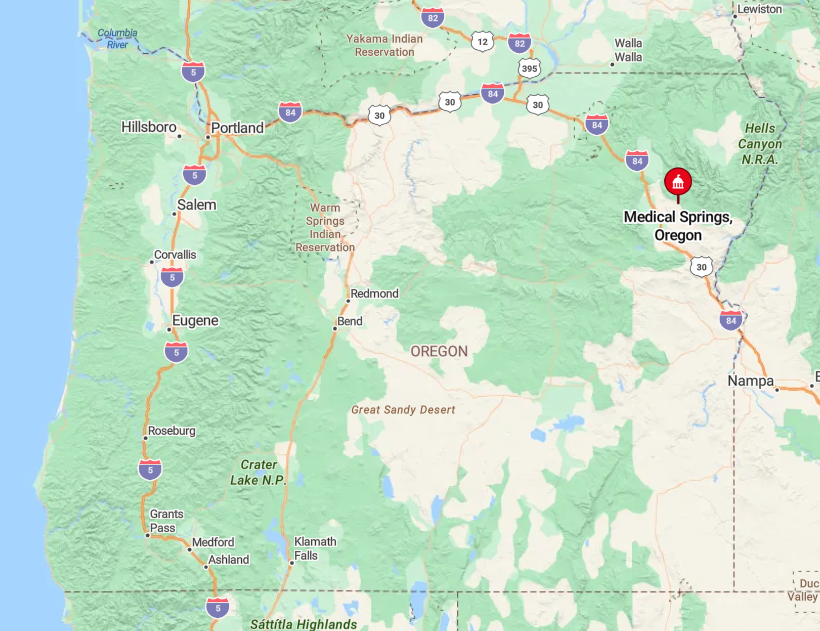
Located in Union County, Medical Springs lies approximately 25 miles east of La Grande, Oregon. Its position in the foothills of the Wallowa Mountains contributes to its secluded atmosphere, with limited access routes keeping traffic to a minimum.
Getting there involves a scenic drive through winding roads that reveal stunning vistas at every turn. I find that the journey itself is part of the appeal, leading to a destination where the outside world’s demands simply fade away.
9. Maxville: Echoes of Logging in a Forest Embrace
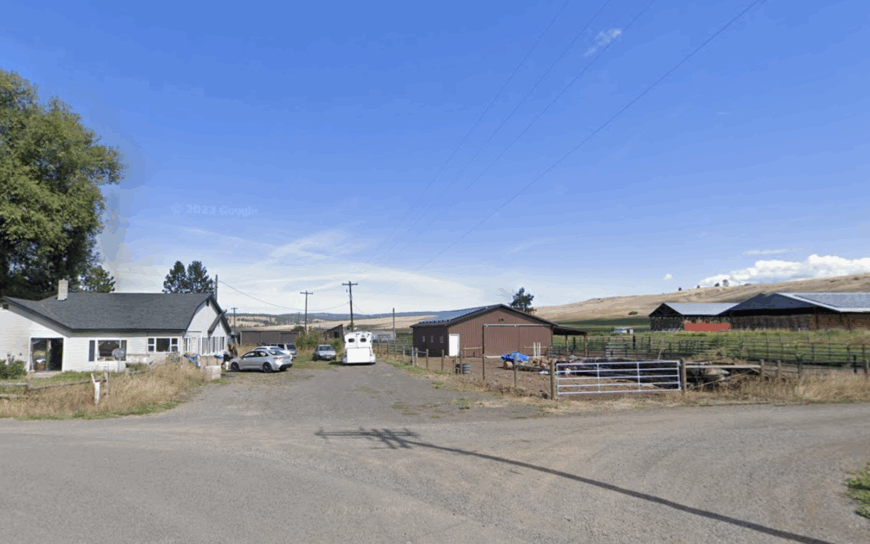
Maxville is a former logging town that now stands quiet, surrounded by dense forests that once fueled its primary industry. Though it’s now unpopulated, walking through Maxville feels like stepping back in time.
I find the remnants of old logging equipment and structures fascinating, offering a glimpse into the town’s bustling past. There’s an eerie beauty in the silence that envelops the area, making it a unique spot for history enthusiasts and those seeking solitude.
Its seclusion is heightened by the expansive woodland that cocoons the town, making it a hidden gem nestled deep within the Wallowa Mountains.
Where is Maxville?
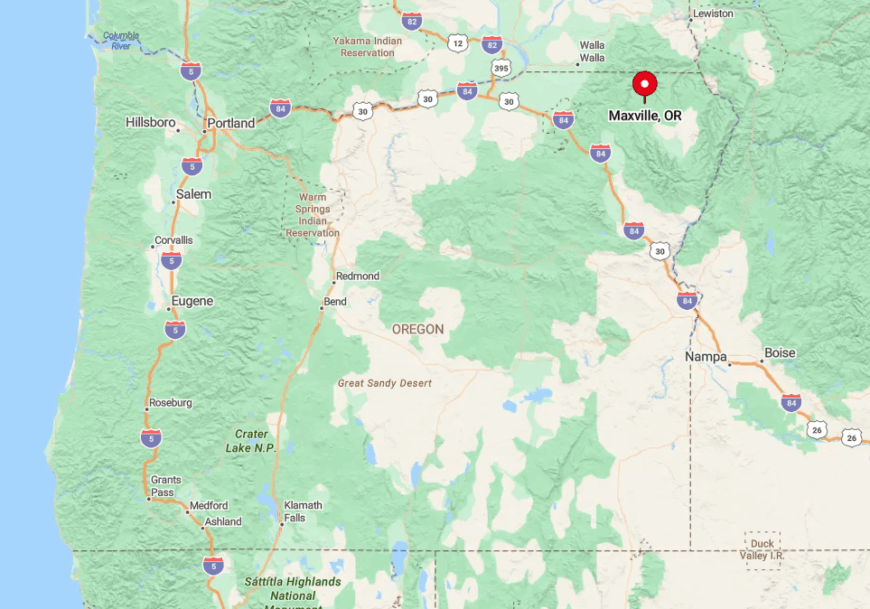
Maxville is situated in Wallowa County, northeast of the town of Wallowa. The town’s remote location is amplified by the surrounding forests and lack of major highways nearby.
Accessing Maxville typically involves traveling on gravel roads that weave through the woods, which I think adds to the sense of adventure. The isolation not only preserves its quiet ambiance but also protects the historical remnants that tell the story of its logging heritage.
8. Cornucopia: Exploring Oregon’s Abandoned Mining Gem
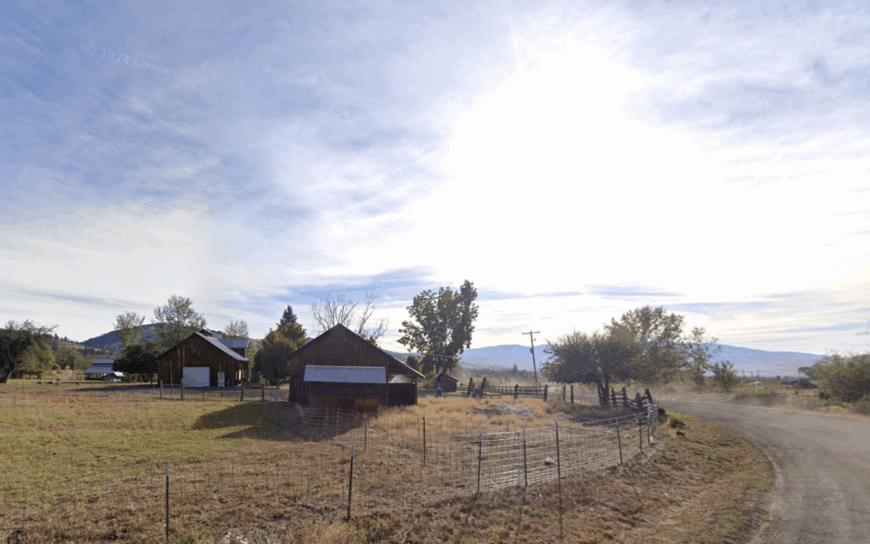
Cornucopia is an abandoned mining town that once boomed with activity during the gold rush but now stands silent amidst the mountains. Exploring its deserted streets and remaining structures, I can’t help but feel the weight of history lingering in the air. With no permanent population, the town offers a profound sense of solitude.
The dilapidated buildings and mine entrances serve as tangible connections to the past. The absence of industry today, combined with its remote location, makes Cornucopia an intriguing destination for those fascinated by Oregon’s mining history and the allure of deserted places.
Where is Cornucopia?
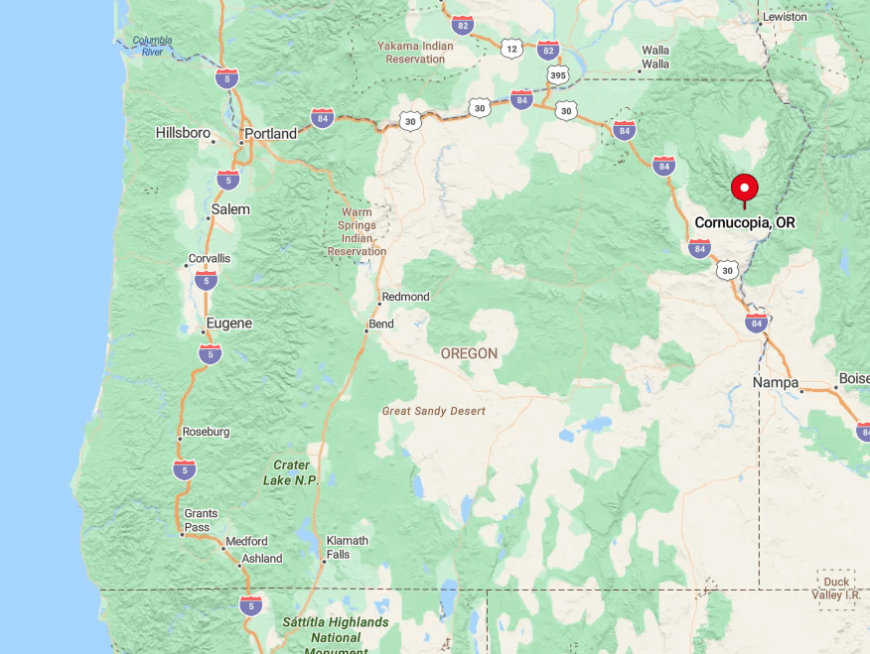
Cornucopia is tucked away in Baker County, near the Idaho border, deep within the Wallowa Mountains. The town’s secluded setting is due in part to the rugged terrain that surrounds it, with steep mountains and dense forests limiting accessibility.
Reaching Cornucopia requires navigating unpaved mountain roads, which I find both challenging and rewarding. This isolation ensures that few visitors make the journey, preserving the town’s untouched ambiance and the serene silence that envelops it.
7. Halfway: A Quiet Haven Surrounded by Wilderness
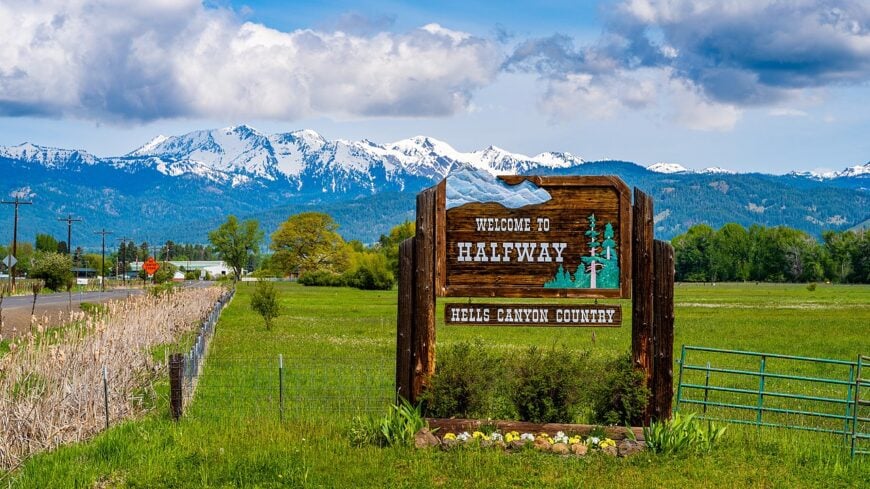
Halfway is a small town with approximately 300 residents, offering a peaceful lifestyle far removed from urban hustle. Nestled in Pine Valley, the town is surrounded by breathtaking wilderness that provides ample opportunities for outdoor activities like hiking, fishing, and wildlife watching.
Agriculture and tourism are the main industries here, with locals embracing a slower pace of life. What makes Halfway secluded is its distance from larger cities and the vast natural landscapes that encircle it, creating a haven for those seeking solace in nature.
Where is Halfway?
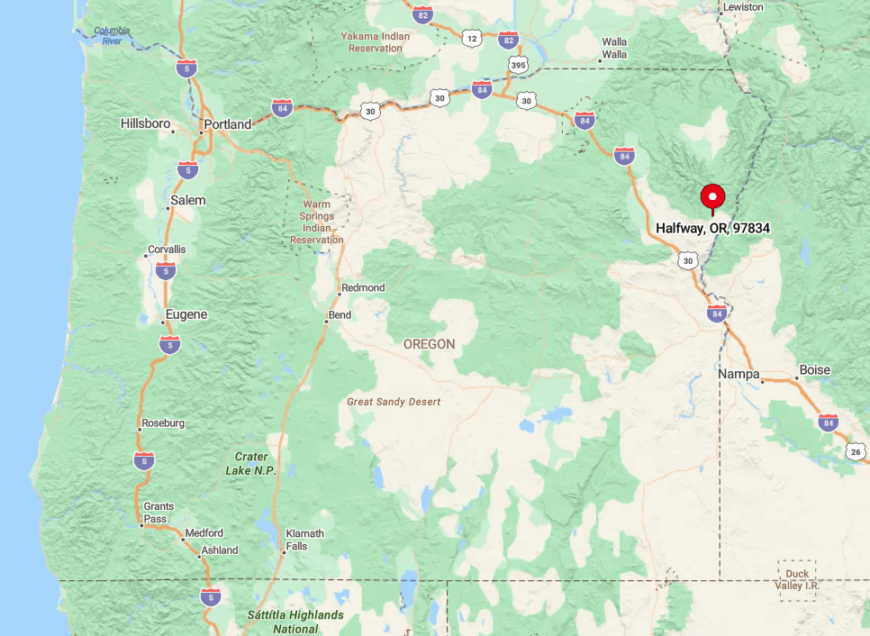
Located in Baker County, Halfway sits about 54 miles east of Baker City, Oregon. The town’s remoteness is intensified by its position near the Eagle Cap Wilderness and Hells Canyon National Recreation Area. Getting there involves a scenic drive through mountainous terrain, which I always find rejuvenating.
The limited traffic and sparse population in the area enhance Halfway’s secluded feel, making it an idyllic spot for a quiet retreat.
6. Promise: The Off-Grid Hamlet in the Hills
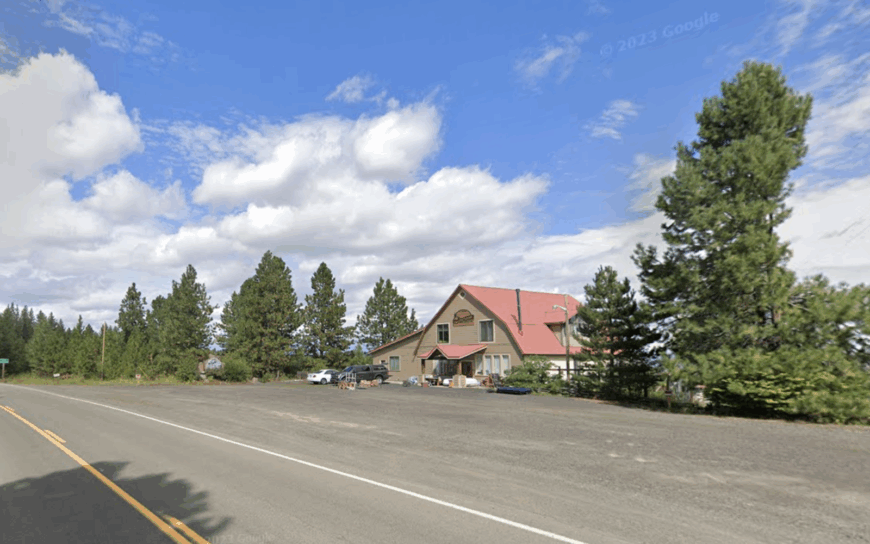
Promise is an extremely small unincorporated community, with a population that fluctuates but remains well below 50 residents. Set atop rolling hills, the town is completely off-grid, offering an escape from modern conveniences. The primary activity here is ranching, with vast landscapes providing ample space for livestock.
I appreciate Promise for its untouched surroundings and the sense of freedom that comes from being disconnected. Its seclusion is due to both its remote location and the choice of its residents to live without many of the amenities found elsewhere.
Where is Promise?
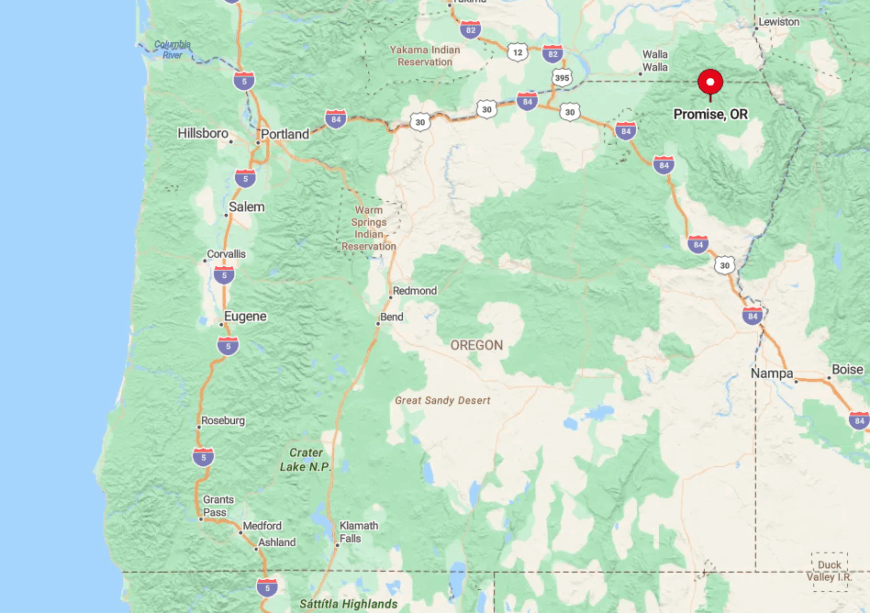
Promise is situated in Wallowa County, northwest of the town of Wallowa. The journey to Promise involves traversing gravel roads that wind through the hills, with limited signage to guide the way.
I find that the isolation is part of the town’s charm, as the lack of paved roads and services keeps it insulated from the outside world. Access is primarily by vehicle, but the rough terrain ensures that only the most determined travelers make the trip, preserving its peaceful atmosphere.
5. Minam: Where Rivers Converge in Seclusion
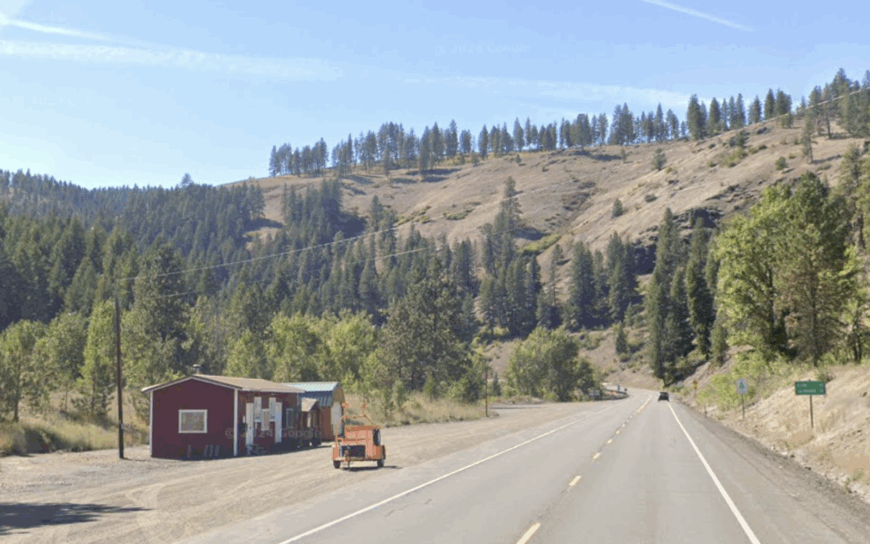
Minam is a tiny community located at the confluence of the Minam and Wallowa Rivers, with a population of fewer than 20 people. The town is a paradise for outdoor enthusiasts like me, offering unmatched access to fishing, rafting, and hiking in the surrounding wilderness.
The primary industry revolves around tourism services catering to adventurers exploring the Eagle Cap Wilderness. Minam’s seclusion stems from its limited development and the vast stretches of nature that envelop it, providing a serene escape into Oregon’s great outdoors.
Where is Minam?
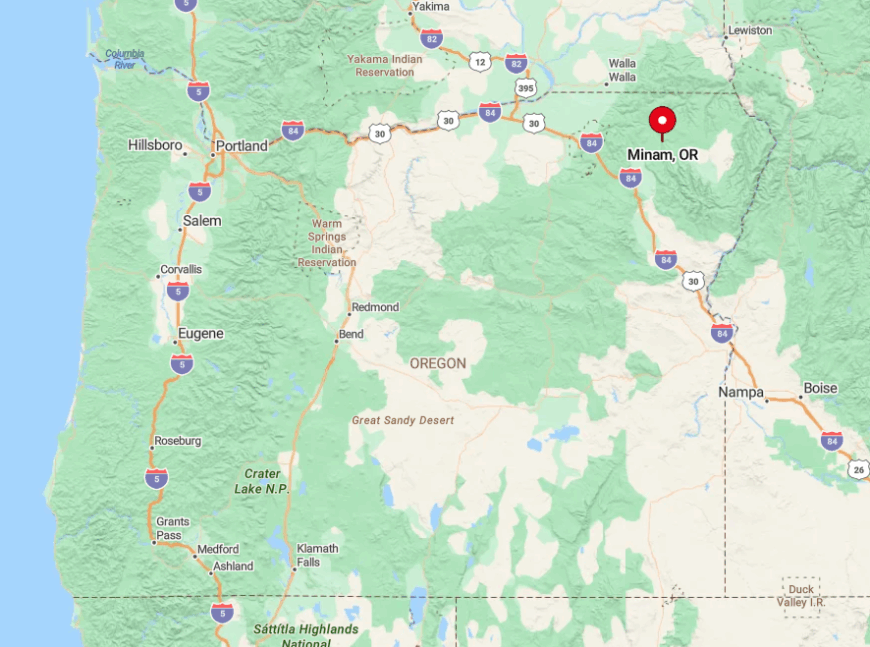
Minam is found in Wallowa County, along Oregon Route 82, between the towns of Elgin and Wallowa. Its location at the meeting point of two rivers adds to its secluded feel, with the surrounding mountains creating a natural barrier.
Accessing Minam is relatively straightforward via the highway, but the limited amenities and services maintain its quiet charm. I often stop here when seeking a peaceful spot to connect with nature before heading deeper into the wilderness.
4. Lostine: Quaint Village Amidst Breathtaking Scenery
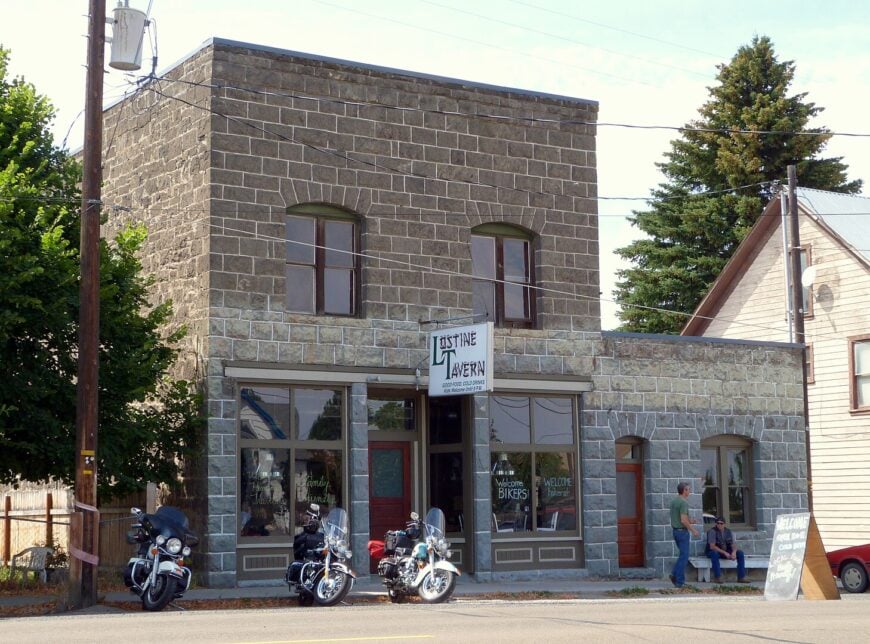
Lostine is a small town with around 200 residents, nestled amidst expansive farmland and the towering peaks of the Wallowa Mountains. The town offers a serene retreat with its charming main street, local eateries, and artisan shops.
Agriculture is the main industry, with the fertile valley supporting farms and ranches. I enjoy the simplicity of life here, where community spirit thrives, and the hustle of city life feels worlds away. Lostine’s seclusion is attributed to its rural setting and the natural beauty that surrounds it, making it a perfect getaway.
Where is Lostine?
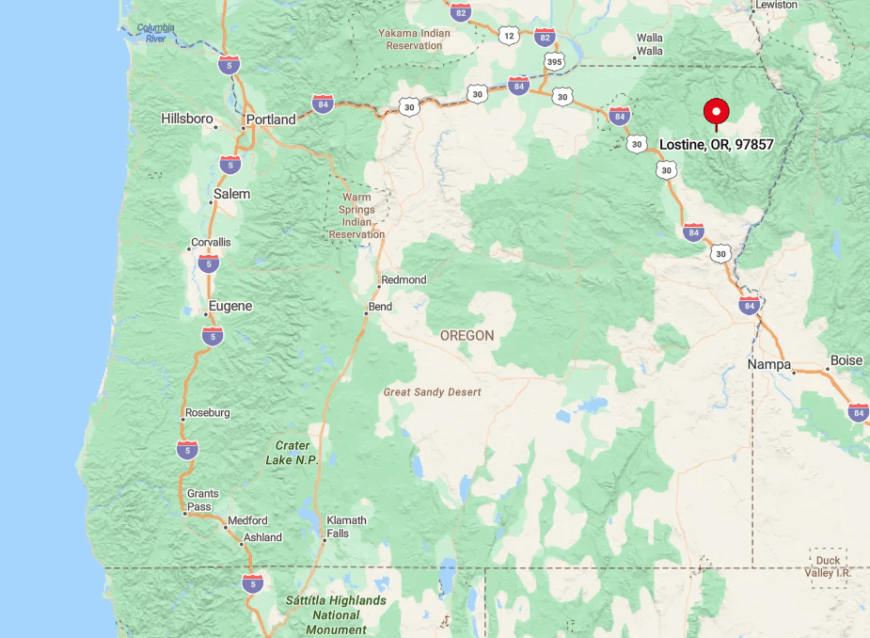
Located in Wallowa County, Lostine sits along Oregon Route 82, about halfway between the towns of Wallowa and Enterprise. The town’s position in the valley, surrounded by lush fields and mountain vistas, enhances its secluded atmosphere.
Getting there is easy via the highway, but the tranquil environment makes it feel much more remote. I find that the scenic drives to and from Lostine are as enjoyable as the destination itself, offering panoramic views that are truly breathtaking.
3. Flora: A Ghost Town Echoing with History
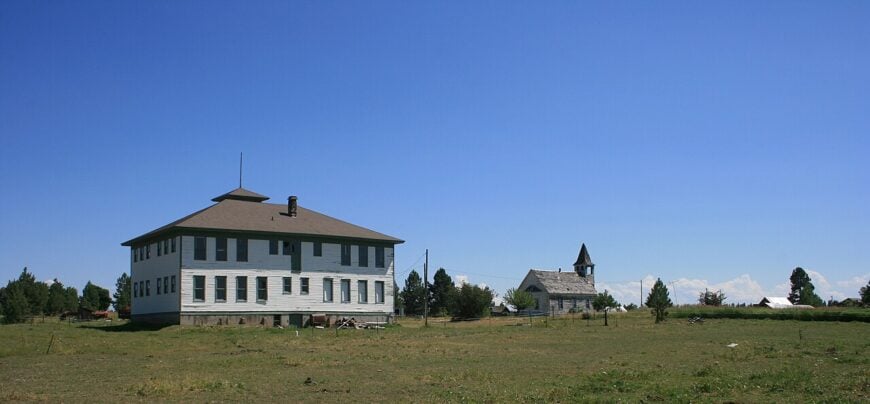
Flora is a historic ghost town with no permanent population, though it once thrived in the early 20th century. Exploring Flora’s preserved schoolhouse and scattered buildings gives me a sense of stepping into the past. There are no industries here today, as the town was abandoned when the railroad bypassed it.
The secluded atmosphere is palpable, with rolling hills and open skies creating a peaceful backdrop. Flora’s isolation and well-preserved structures make it a fascinating destination for history buffs and those seeking solitude.
Where is Flora?
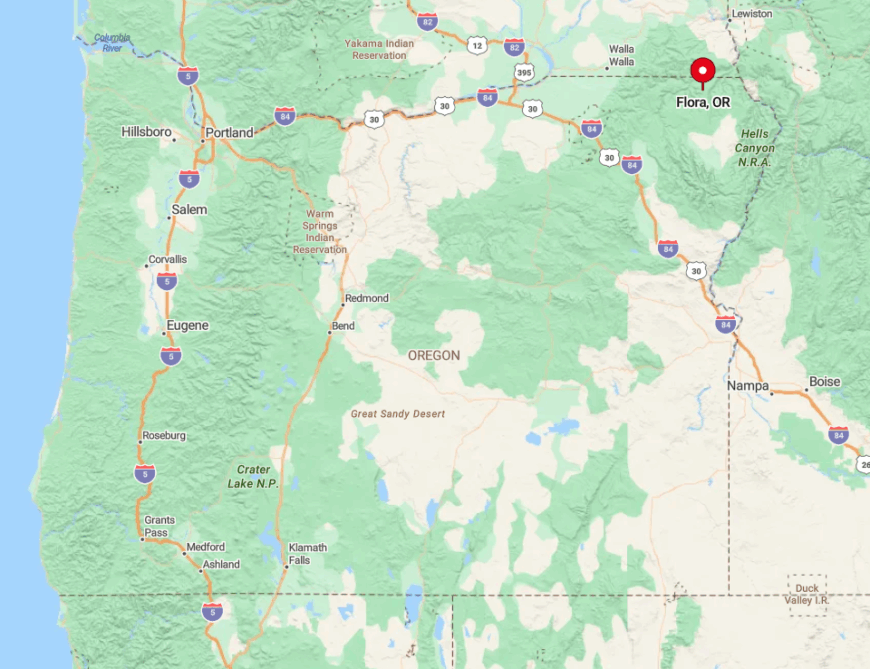
Flora is located in Wallowa County, near the Oregon-Washington border. The town is accessed via secondary roads off Oregon Route 3, adding to its remote feel. The lack of major highways and minimal signage contribute to the seclusion I experience when visiting.
Reaching Flora requires careful navigation through the countryside, but the journey is rewarded with a unique glimpse into Oregon’s past and the tranquility of an untouched landscape.
2. Troy: Hidden Serenity Along the Grande Ronde River
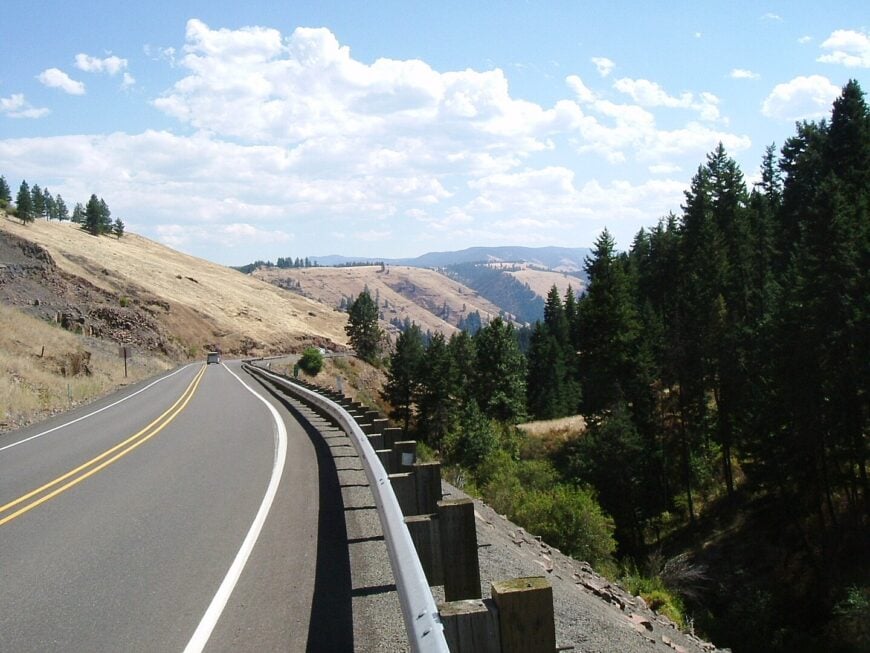
Troy is a small unincorporated community with a population of fewer than 30 people, situated where the Grande Ronde and Wenaha Rivers meet. The town offers a tranquil escape, with opportunities for fishing, hunting, and hiking in the nearby wilderness areas.
There’s a small lodge and a few homes, but commercial activity is minimal. I appreciate Troy for its quiet ambiance and the soothing sounds of the river flowing by. Its seclusion is enhanced by the surrounding canyons and forests, making it an ideal spot for reconnecting with nature.
Where is Troy?
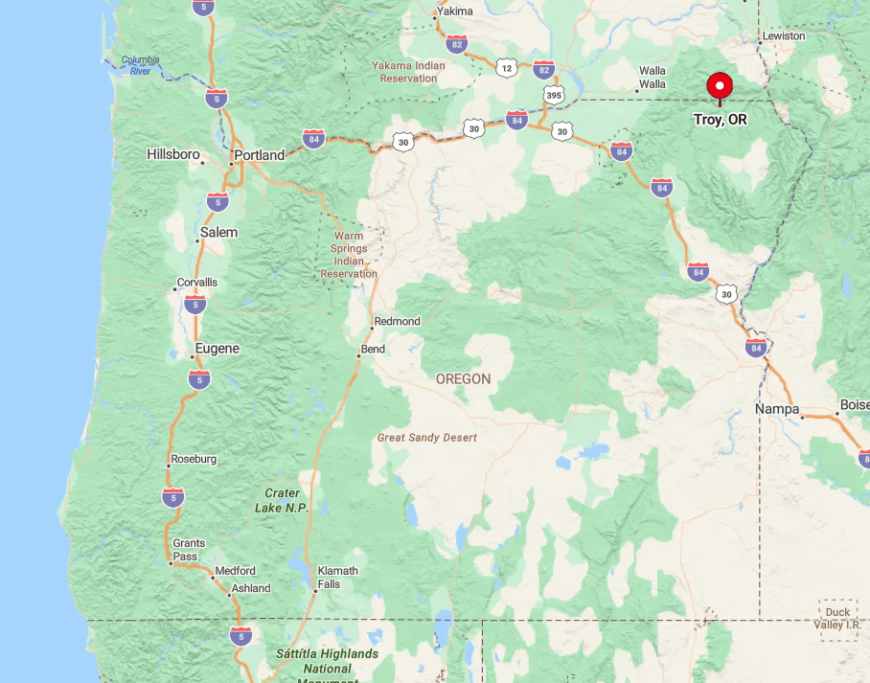
Troy is found in Wallowa County, near the northeastern corner of Oregon. Access to the town involves navigating narrow, winding roads that descend into the canyon. The remoteness is amplified by the limited cell service and lack of nearby towns.
I find that the journey to Troy feels like a step back into simpler times, with the rugged landscape ensuring that only those seeking true solitude make the trip. The peaceful setting along the river is well worth the effort to get there.
1. Imnaha: The Remote Outpost at Hells Canyon’s Edge
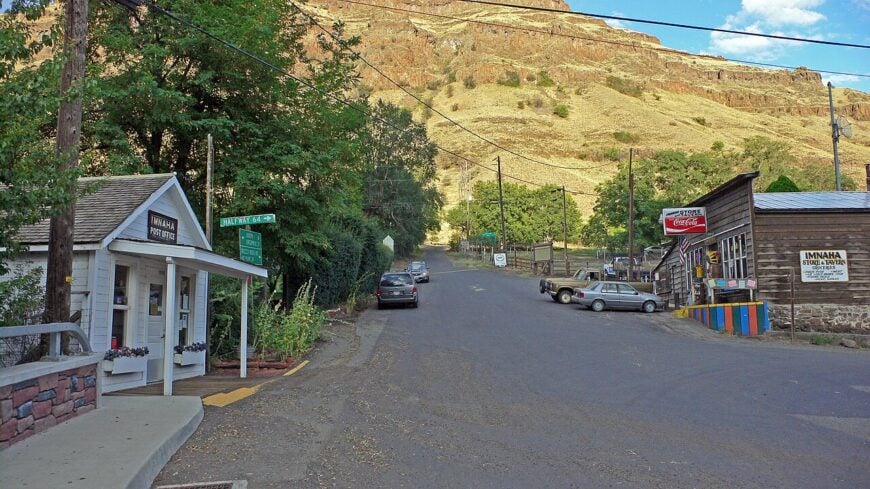
Imnaha is a tiny community with a population of around 20 residents, nestled deep in the Wallowa Mountains near the edge of Hells Canyon. The town serves as a gateway to wilderness adventures, offering access to hiking, horseback riding, and hunting.
There’s a small store and café that I always make a point to visit, serving as a hub for locals and travelers alike. Ranching is the primary industry, with vast expanses of land surrounding the area. Imnaha’s rugged surroundings and minimal development make it one of the most secluded spots, providing a true escape into nature.
Where is Imnaha?
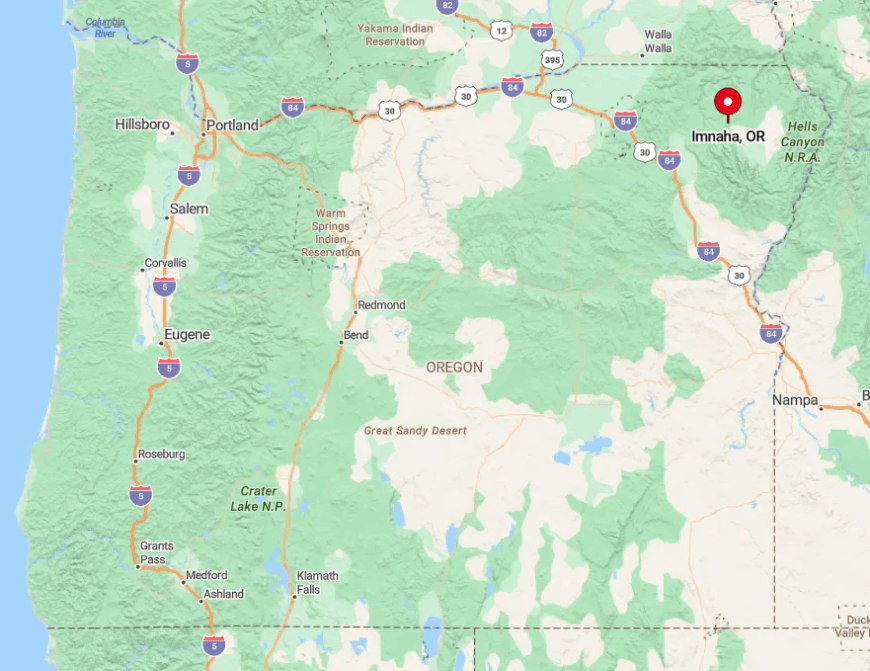
Located in Wallowa County, Imnaha sits at the end of Oregon Route 350, about 30 miles northeast of Joseph. The winding road to Imnaha offers stunning views but also limits traffic, contributing to its isolation. The town’s proximity to Hells Canyon, the deepest river gorge in North America, adds to the remote feel.
Reaching Imnaha involves a commitment to leave the beaten path, which I find makes the destination even more special. The sense of remoteness is profound, offering a rare opportunity to disconnect and embrace the wilderness.






